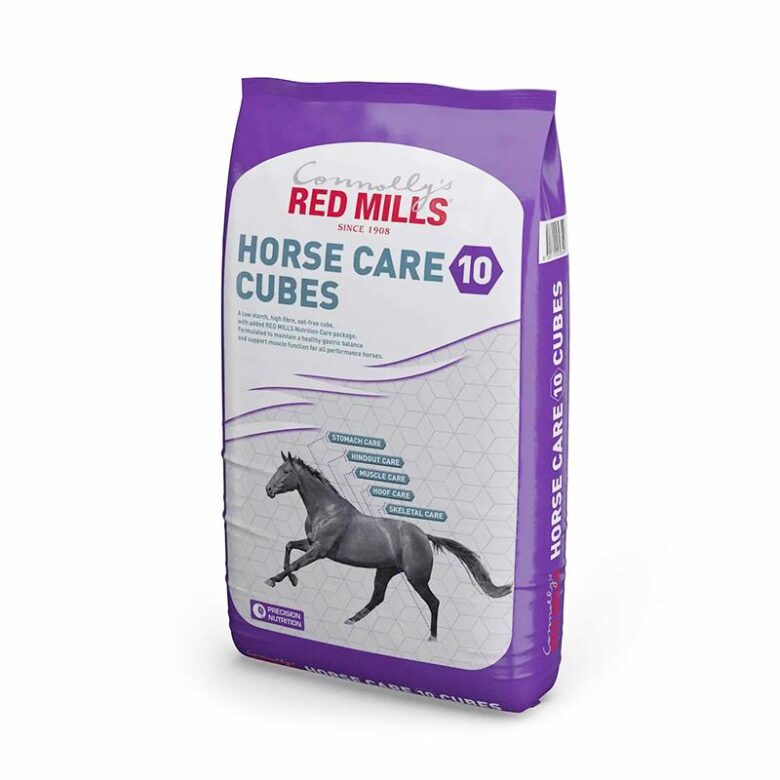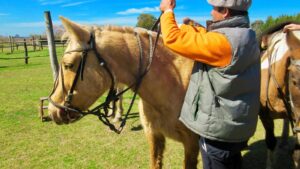From Stable to Saddle: Your Guide to Horse Care Basics invites you to embark on a journey of discovery and exploration into the world of equine care. Whether you are a seasoned equestrian or a novice horse enthusiast, this comprehensive guide is designed to help you become a more knowledgeable and confident caretaker for your beloved four-legged companion. Join us as we delve into the essential aspects of horse care, from grooming and feeding to health and exercise, ensuring that you and your horse can enjoy a long and fulfilling partnership together.
Understanding the Importance of Proper Stable Management
Having a good understanding of proper stable management is essential for the health and well-being of your horses. The way you care for your horses in the stable directly impacts their overall health, performance, and happiness. By following best practices in stable management, you can create a safe and comfortable environment for your horses to thrive in.
One key aspect of stable management is maintaining a clean and organized environment. Keeping the stable clean helps prevent the spread of diseases and parasites, and reduces the risk of accidents. Make sure to regularly muck out the stalls, remove soiled bedding, and sweep the floors. Organizing the tack room and storage areas also helps create a safe and efficient workspace.
Proper nutrition is another important factor in stable management. Make sure your horses have access to clean water at all times, and provide them with a balanced diet that meets their nutritional needs. Consult with a veterinarian or equine nutritionist to develop a feeding plan that is tailored to each horse’s individual needs. By ensuring your horses are well-fed, you can help them maintain a healthy weight and prevent health issues related to malnutrition.
Equipping Yourself with Essential Horse Care Tools
Whether you’re a seasoned equestrian or a first-time horse owner, having the right tools for horse care is essential for maintaining your horse’s health and well-being. As you embark on your journey with your equine companion, it’s important to equip yourself with the necessary items to ensure proper grooming, feeding, and overall care.
One of the most important tools for horse care is a high-quality grooming kit. This kit should include items such as a curry comb, dandy brush, body brush, hoof pick, mane and tail comb, and shedding blade. Regular grooming not only keeps your horse looking clean and tidy, but it also helps promote circulation and stimulates natural oils for a healthy coat.
In addition to grooming tools, it’s essential to have proper feeding and watering equipment for your horse. This includes a feed bucket, water bucket, and hay net. It’s important to provide clean, fresh water daily and to ensure your horse has access to hay or pasture to maintain proper digestion and overall health. Investing in high-quality feed and supplements can also help support your horse’s nutritional needs.
Establishing a Nutritious Diet for Your Equine Companion
Ensuring your equine companion has a nutritious diet is essential for their overall health and well-being. A well-balanced diet can help maintain their weight, provide necessary nutrients, and support their immune system. Here are some key tips for establishing a nutritious diet for your horse:
Quality Forage: Make sure your horse has access to high-quality forage such as hay or pasture. Forage should make up the majority of their diet and provide essential nutrients like fiber and protein.
Supplements: Depending on your horse’s individual needs, supplements may be necessary to ensure they are getting all the essential vitamins and minerals. Consult with your veterinarian or equine nutritionist to determine the right supplements for your horse.
Proper Hydration: Always make sure your horse has access to fresh, clean water. Dehydration can lead to serious health issues, so it’s important to monitor your horse’s water intake and ensure they are drinking enough.
Training Techniques for Building a Strong Bond with Your Horse
When it comes to building a strong bond with your horse, training techniques play a crucial role in fostering a positive and mutually respectful relationship. One effective technique is positive reinforcement, where you reward your horse for desired behaviors such as following cues or completing tasks. This helps create a trusting environment and encourages your horse to engage with you willingly.
Groundwork is another essential component of building a strong bond with your horse. This involves interacting with your horse on the ground through activities such as lunging, leading, and desensitizing exercises. Groundwork helps establish clear communication and respect between you and your horse, laying the foundation for a successful partnership.
Another beneficial training technique for building a strong bond with your horse is consistency. Consistency in your training methods, cues, and expectations helps your horse understand what is required of them and builds trust in your leadership. By being consistent in your interactions and training sessions, you reinforce a sense of security and predictability for your horse, enhancing the bond between you.
Addressing Common Health Issues and First Aid Practices
When caring for horses, it is important to be aware of common health issues that may arise. One such issue is colic, which can be caused by issues such as dehydration, inadequate nutrition, or intestinal blockages. Signs of colic include restlessness, pawing at the ground, and rolling. It is important to have a basic understanding of first aid practices for colic, such as monitoring the horse’s vital signs and limiting its movement until a veterinarian arrives.
Another common health issue among horses is lameness, which can be caused by a variety of factors including injuries, arthritis, or poor hoof care. Signs of lameness include a limp or stiffness in the horse’s movement. Basic first aid practices for lameness may include keeping the horse calm and comfortable, and applying cold therapy to reduce swelling and pain.
Other common health issues to be aware of include respiratory infections, skin conditions, and hoof problems. It is essential for horse owners to have a basic knowledge of first aid practices for these issues, such as administering medications as prescribed by a veterinarian, properly cleaning and dressing wounds, and maintaining a healthy environment for the horse.
The Conclusion
Whether you’re a seasoned equestrian or a beginner looking to learn more about horse care, “From Stable to Saddle: Your Guide to Horse Care Basics” has everything you need to ensure your horse stays healthy and happy. From grooming tips to feeding guidelines, this comprehensive guide is your go-to resource for all things horse care. So saddle up and embark on this exciting journey with your equine companion. With the knowledge and insights provided in this guide, you’ll be well-equipped to give your horse the love and care it deserves. Happy riding!



